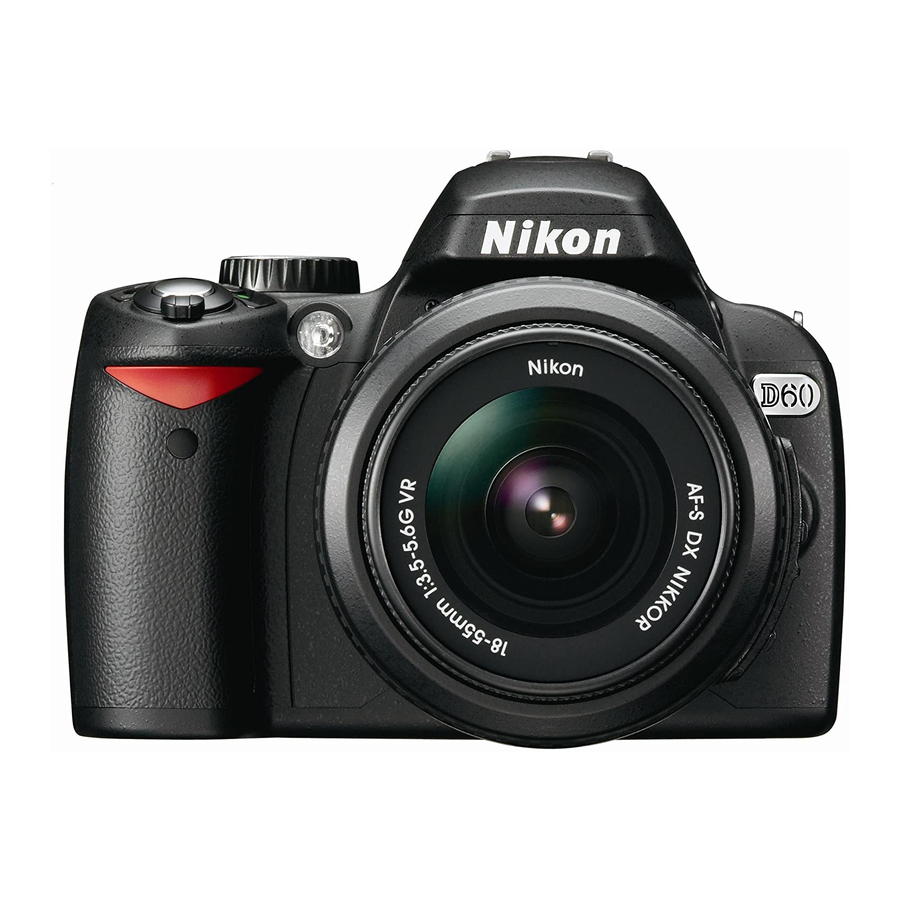24
Part I
Using the Nikon D90
The D90 CMOS
Sensor
The imaging sensor is one of the most impor-
tant parts of the camera and unfortunately
also one of the most misunderstood. Not
many people understand how these sensors
work and what the diff erences are between
the two most common types of sensors —
CMOS and CCD — so this section sheds some
light (no pun intended) on exactly what's
going on when the sensor is exposed.
The Nikon D90 has a 12.3-megapixel CMOS
sensor with an integrated dust reduction
system. The D90 sensor is an APS-C-sized
sensor. APS (Advanced Photo System) is a
fi lm format that was designed by Kodak to
make photography easier for amateurs by
allowing the photographer to control the
image aspect ratio in the camera. The nega-
tives were smaller than standard 35mm
negatives. There were three image sizes that
you could choose from: APS-H (30.2mm ×
16.7mm) 16:9; APS-C (25.1mm × 16.7mm)
3:2; and APS-P (30.2mm × 9.5mm) 3:1. The
D90 sensor is actually a bit smaller than the
standard APS-C fi lm, being 23.6mm ×
15.8mm, but still has the 3:2 aspect ratio.
Nikon refers to this sensor size in its propri-
etary term of DX, so from here on out, I refer
to the sensor size as DX.
The reason for these smaller DX sensors is
that manufacturing these sensors made from
silicon was (and still is to an extent) very
expensive, and reducing the size of the for-
mat from 36mm × 24mm (35mm fi lm size)
to APS-C allowed camera manufacturers to
produce dSLRs at more aff ordable prices.
Image courtesy of Nikon
1.8
The D90 12.3-MGP DX-format CMOS
sensor
For more on DX sensor and crop
factor, see Chapter 4.
From analog to digital
Believe it or not, digital image sensors are
actually analog devices that capture light just
like emulsion on a piece of fi lm. When the
shutter opens, light from the scene that you're
photographing, whether sunlight or fl ash, trav-
els through the lens and projects (hopefully in
focus) onto the sensor. Each sensor has mil-
lions of pixels, which act as a receptacle that
collects individual photons of light. A photon is
a quantum particle of light, which is a form of
electromagnetic radiation. The more photons
the pixel collects, the brighter the area is; con-
versely, if the pixel doesn't collect a lot of pho-
tons, the area is dark.
Each pixel has a photodiode that converts
these photons into minute electrical charges
that the Analog/Digital (A/D) converter
reads. The A/D converter renders this ana-
log data into digital data that can be utilized
by Nikon's EXPEED imaging processor.

